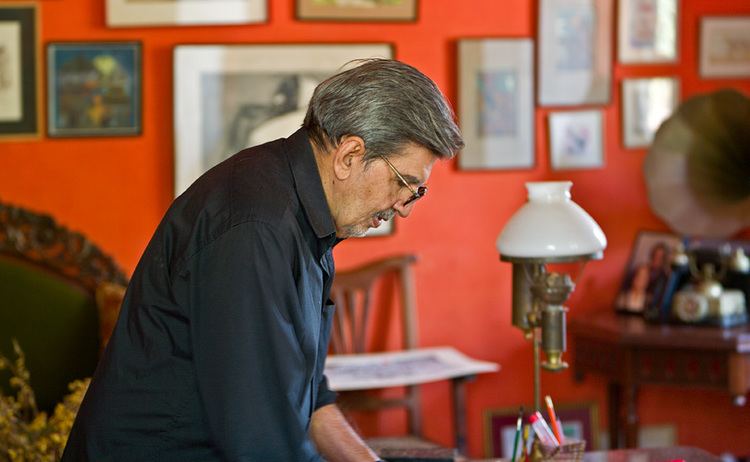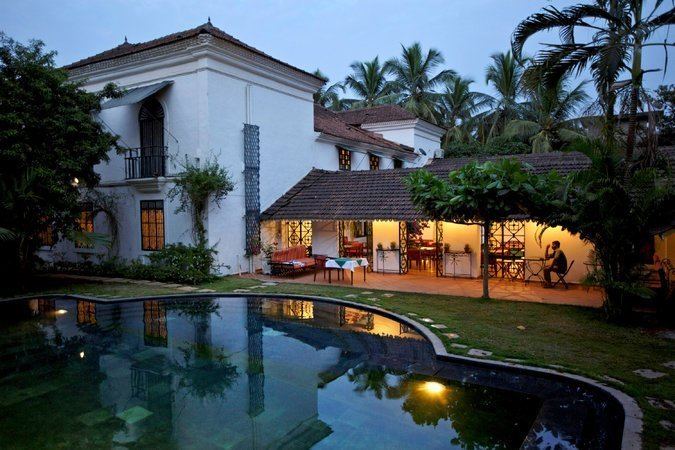Country State | Language spoken District South Goa | |
 | ||
Map of Loutolim
Loutolim or Loutulim (Konkani: लोटली Lottli pronounced:[lɔːʈlĩː]) is a large village of South Goa district in the state of Goa, India. It is an important settlement in the Salcete sub-district.
Contents
- Map of Loutolim
- Ancestral goa in loutolim
- Goa summer 2014 vlog ii loutolim ancestral home big foot magali vaz
- Etymology
- History
- Geography
- Attractions
- References

Ancestral goa in loutolim
Goa summer 2014 vlog (ii) | loutolim ancestral home & big foot // magali vaz
Etymology
Loutolim derives its name from Lovótollem, coined from the Konkani words—Lovó, a type of grass and Tollem, a pond—since those grasses used to grow abundantly around the pond. In Konkani, the local language, the village is known as Lottli and its native inhabitants are referred to as Lottlikar.
History
According to a legend, Brahmins from northern India founded the settlement of Loutolim when they emigrated to Goa after the Saraswati River in their homeland dried up.
The village community was based around the temple of Shri Ramnath. There were other smaller temples dedicated to Shri Santeri (Shantadurga) in the village. A new temple of Shri Ramnath was built recently at the same spot. The original idol of Shri Ramnath now stands in a temple of Indo-Portuguese architecture at Bandora, that had been built during the eighteenth century AD.
Beginning from the 1500s, the Jesuits undertook the task of the Christianisation of Salcete and in AD 1567, the Portuguese captain of Rachol Fort, Dom Diogo Rodrigues ordered the burning and destruction of all the temples in the village. Many villagers were tenaciously attached to their Hindu religion. In order to preserve their culture, they had to flee to safer grounds in the territories governed by the Hindu King, the Sonde Raja, across the Zuari River with their idols, most famously the idol of Shri Ramnath in what was later known as the Novas Conquistas (New Conquests). Those who chose to remain behind had to embrace Christianity. The Salvador do Mundo (Saviour of the World) church was built by the Jesuits in AD 1586 to look after the spiritual needs of the local converts.
Unlike some other villages and towns in Salcete and Bardez, where churches were built over the demolished temples, in Loutolim, the plot of land where the old Shri Ramnath temple stood remained vacant due to some opposition among the locals.
Today, Loutolim has a mixed population of Christians and Hindus, many of them of Goud Saraswat Brahmin lineage.
Geography
Loutolim is located approximately 10 km (6.2 mi) from Margao, the headquarters of South Goa district. It has an average elevation of 32 m (105 ft).
Loutolim is a triangle-shaped village and lies between the villages of Verna, Quelossim, Camurlim, and Borim. The Zuari River flows through the village.
